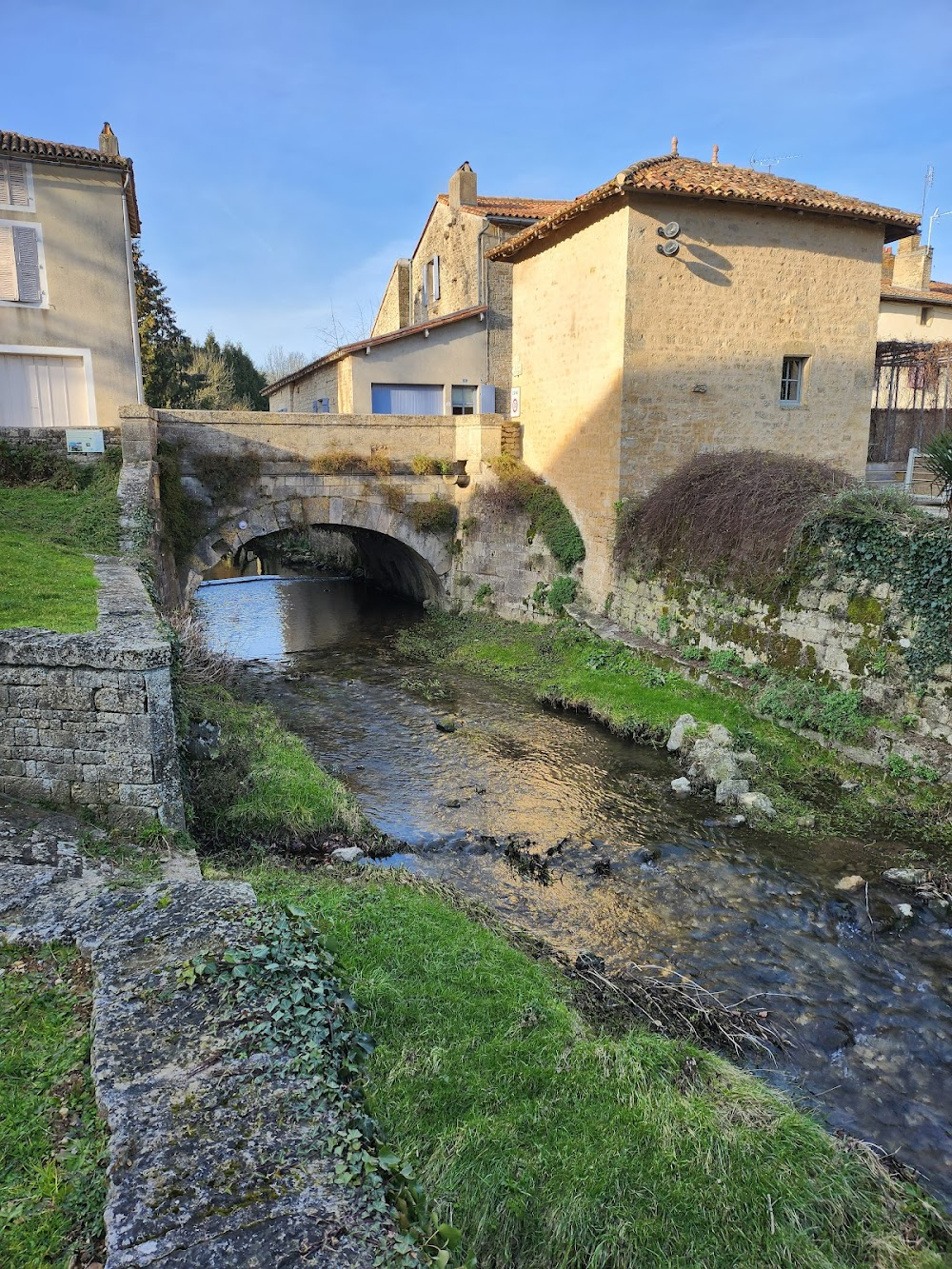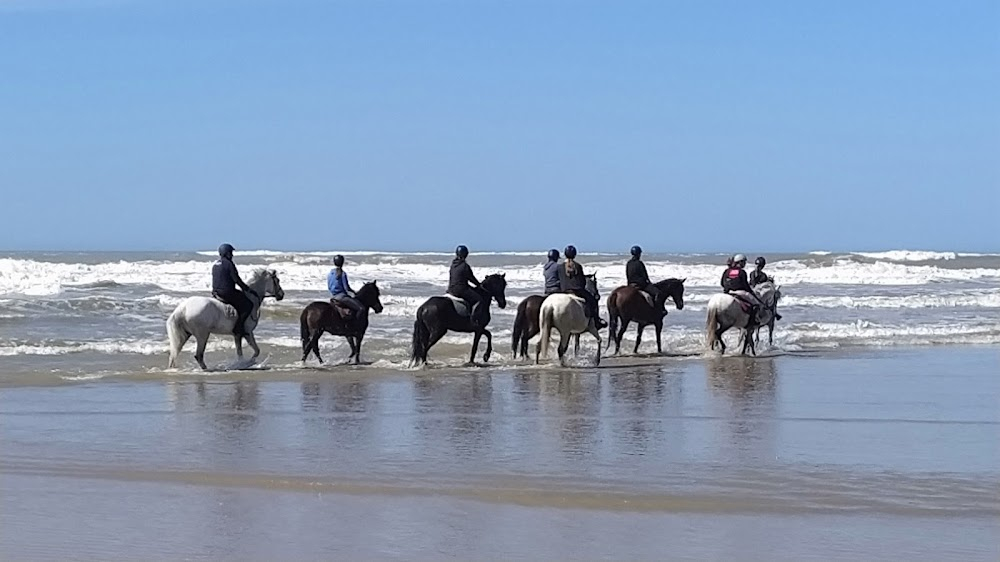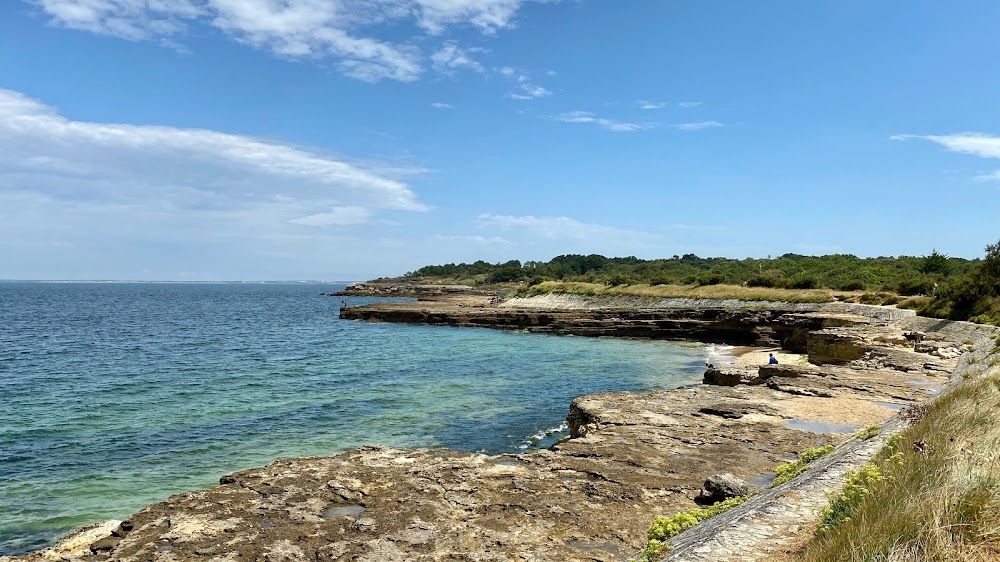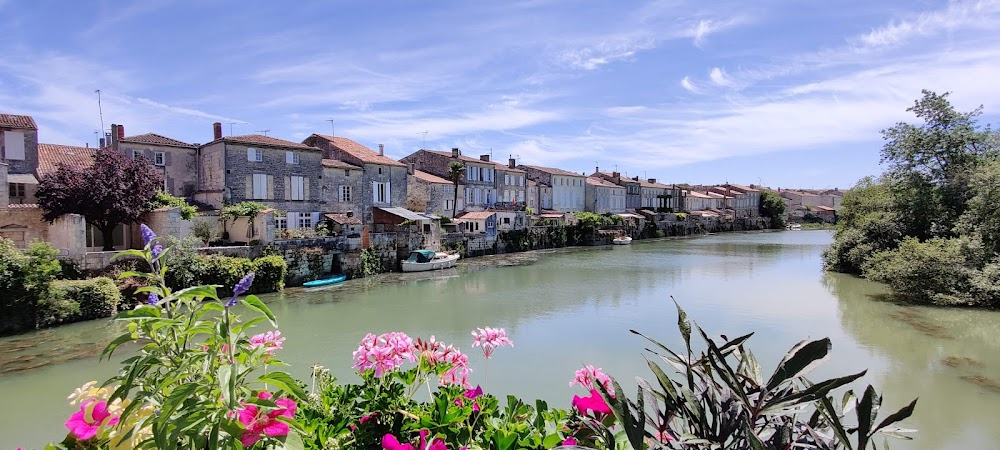Face au vent, partition buissonnière Filming Locations

Where was Face au vent, partition buissonnière filmed? Face au vent, partition buissonnière was filmed in 6 locations across France in the following places:
Face au vent, partition buissonnière Filming Locations
Celles-sur-Belle is a commune in the Deux-Sèvres department in the Nouvelle-Aquitaine region in western France. It is the site of an abbey dating from the 11th Century which was reconstructed between 1660 and 1685 on the orders of Louis XIV.
The Côte Sauvage [English: Wild Coast], is in the Charente-Maritime department on the Atlantic coast of France. The Côte Sauvage starts near La Palmyre, north of Royan, and stretches north-west around the point La Tremblade. L’île d’Oléron, France's second-largest island, is just off the Côte Sauvage.
Pantin is a commune in the northeastern suburbs of Paris, Île-de-France, France. It is located 6.4 km from the centre of Paris. In 2019 its population was estimated to be 59,846.
Paris, France's capital, is a major European city and a global center for art, fashion, gastronomy and culture. Its 19th-century cityscape is crisscrossed by wide boulevards and the River Seine. Beyond such landmarks as the Eiffel Tower and the 12th-century, Gothic Notre-Dame cathedral, the city is known for its cafe culture and designer boutiques along the Rue du Faubourg Saint-Honoré.
Saint-Savinien is a commune in the Charente-Maritime department in the Nouvelle-Aquitaine region in southwestern France.
Face au vent, partition buissonnière (2010)
In her first film Hic Rosa, partition botanic (Hic Rosa, Botanical Score, FID 2007), Anne-Marie Faux put the figure of Rosa Luxembourg at the core of a political and poetic reflection on commitment, its purpose and the necessary to transcend it. Here, the project takes a different, more intimate and audacious turn: she puts to the test her own experience, utopias and desires. There is no denying that autobiographical intentions and introspection have their pitfalls. But a man's voice off screen sets the tone from the start: "There is no such thing as a private diary. The very expression is nonsensical." No chance then to see outpourings, confessions or explanations. Here, the "I" unfolds in bits and pieces. From one reading to another, through various bodies and voices, the words get muddled up. Anne-Marie Faux intertwines her own family tales taken out of the History of the century with fragments of texts borrowed to others, which she uses as a solid base. Voices and bodies, yesterday's and today's faces, from one time and one life to another, slowly weave a personal path. Along the way, she furtively pays tribute to Virginia Woolf or Chaplin, among others, thus interlocking the inner and the outer space. The film gives an insight into private gardens, childhood nooks and crannies, where entangled political and intimate realities become an invitation to keep on "living and climbing, head on to the wind", as Rosa Luxembourg's words call upon us to do.




